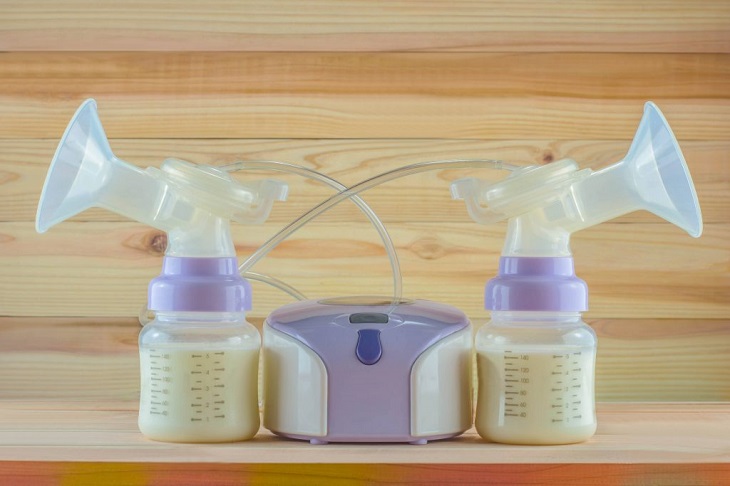For the majority of mums, their research journey starts as soon as they find out they’re pregnant. From what to expect each week for their baby’s development, to the benefits of nursing clothes, their questions are many. Among those questions are “How do I choose a breast pump?”, ” Which is better electric or manual breast pump?”.
With the range of different maternity products available on the market, finding out which one best suits your needs is no easy task. The many types and styles of breast pumps available on the market today sure makes choosing the right one a challenge.
On the other hand, finding a breast pump that suits you is essential to prolonging your breast milk or breastfeeding journey. A great starting point for finding the right pump for you is determining whether manual or electrical pumping would best meet your needs.
Manual Vs Electric Breast Pumps
Although both manual and electric breast pumps are great maternity products options to have, they can be very different in terms of achieving the results you want.
Manual Breast Pumps

The affordability of these pumps makes them the most commonly used. Powered by hand, a manual pump is usually quite easy to set up – the shield connects the valve to the membrane, then your milk will be led straight to the bottle. This type of pump offers a great opportunity for those moms who are willing to pump breastmilk without sacrificing their budget. They are also ideal for those mums who would like to pump breastmilk eventually.
One of the greatest benefits of handy maternity products like manual breast pumps is that because you don’t need any electricity, you can use them literally everywhere. They also make a great backup option if you already have an electric pump. If there is a blackout and you run out of electricity, a manual pump will have you covered. Plus, manual pumps are easily transported. If you’re a travelling mum, this can be a great option for you. They also don’t produce any weird noise.
The downside of manual pumps is that you may experience some discomfort from having to squeeze the lever over and over again in order to pump your milk. The pumping also tends to be slower, which means you will spend more time doing it.
Electric Pumps

If you’re a mum who will go back to a busy schedule but would still love to feed your child breast milk, an electric pump is a great option for you. It’s also recommended for mums planning on feeding their babies breast milk for at least their first six months of life. Electric pumps also offer the option of having single or double pumps, which means you could save even more time whenever your express yourself.
As the speed of pumping is higher than a manual pump, this helps you to get greater volumes of milk. So, in addition to pumping for short periods of time, you also obtain more milk. An electric breast milk pump also makes it possible to have your hands free to do other things while you’re pumping your milk.
One possible disadvantage of electric breast pumps is their higher price. These pumps also tend to make noise, which could bother your newborn baby. Also, don’t forget that they need electricity to work.
So, how do you decide which breast pump to get? Before you settle on a breast pump model, I recommend you take a close look at your lifestyle, budget and your needs. After all, finding the ideal one is also finding an ally in your breastfeeding. Ask friends or family members who have pumped before to recommend some brands of new mum essentials, features they’ve found helpful and other experiences – that’ll surely be beneficial to you.
My advice to you is, if you’re considering pumping every day, then an electric breast pump may be the best option for you. But like everything in motherhood, finding the right breast pump is definitely a personal choice. So, make sure you consider the pros and cons of each model to find out which one suits your needs best.
If you decide to go for the manual, make sure the one you choose has a suction force adjustment feature. This feature allows you to adjust the suction force according to the sensitivity of your breast. You can select a lower suction force setting after giving birth when your breasts are tender and nipples are sore, and a higher suction force setting when your breasts have already hardened. A good manual brake pump allows convenient milk pumping with minimal effort and comes with a silicone massage cushion to gently massage the breast and stimulate the ejection of milk.
If an electric pump suits your lifestyle best, look for a model with two-phase milk expression. Use milk expression phase one for expressing milk after giving birth, and milk expression phase two for replicating the baby’s natural feeding pattern. A breast pump with silent operation mode can be especially useful when expressing breast milk in the workplace or at night time.


















